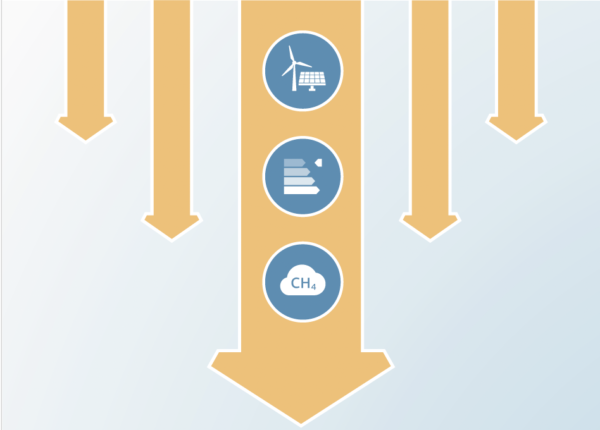LNG shipbuilding industry heading to huge oversupply
Authors
Thomas Houlie, Victor Maxwell
Share

This report updates our analysis of the liquefied natural gas (LNG) shipping capacity outlook released in 2023.
Here, we look at the shipping capacity required for future LNG trade under the International Energy Agency’s (IEA) latest scenarios, (October 2023), along with recent order books for LNG carriers.
The pace of new orders and construction is not slowing down. Over the next three years (24-26) 251 carriers with a total of 43 million cubic metres (m3 ) of shipping capacity are projected to be delivered – 38% of the capacity in operation as of 2023.
We find a massive oversupply of LNG shipping capacity now and into the future under all IEA scenarios. Under the IEA’s Net Zero Emissions (NZE) pathway that aligns with the goal of limiting global temperature increase to 1.5°C, no new LNG carriers are needed. With the orders on the books and deliveries scheduled in the next few years, the oversupply in 2030 in this scenario is projected to be equivalent to over 400 modern carriers.
But even under the IEA’s more conservative, STEPS scenario, aligned with current private sector momentum and policies already adopted by governments around the world, an oversupply of LNG shipping capacity is evident.
This surplus exists today and is projected to grow. By 2030, the excess LNG shipping capacity beyond what is required is projected to reach 40% of the operating capacity as of the end of 2023; the equivalent of 275 carriers.
The majority of LNG carriers are built in South Korea: this industry faces a looming crisis as the world decarbonises.











